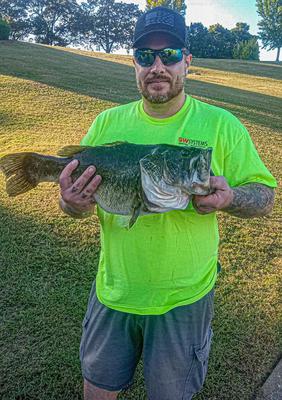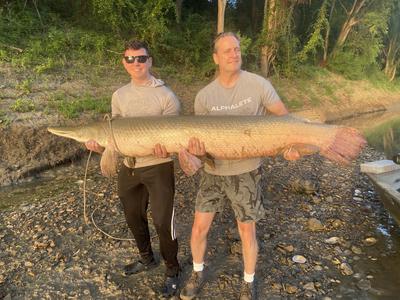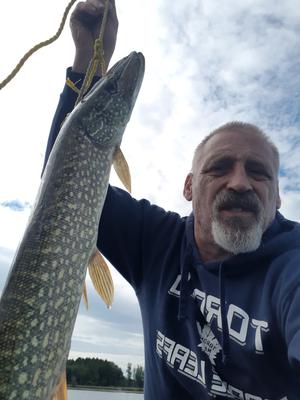Finesse Fishing Tips And Techniques To Subtly Trick More Fish To Bite
Do you want to catch even more fish to than you're already catching?
The following finesse fishing tips will help you to put more fish in your boat, or on the shoreline if you are freshwater fishing from the banks.
Even if you're a finessing fanatic, I'm certain that you'll still find these strategic tips for finesse fishing quite useful.
We won't just be talking about how to finesse, but we'll also be explaining when the best times are, where and why.
Finesse fishing is an excellent tactic to use for largemouth bass, smallmouth bass, panfish, walleye and so many other species of freshwater game fish.
Finesse Fishing Lures And Rigging Tips
Some anglers don't have the patience to hang around in a particular spot waiting to get that one bite. While many other fishermen live and die from this kind of fishing strategy. No worries, you can have your cake and eat it to.
Finesse fishing is basically the fishing technique of using smaller subtle baits and lures, preferably plastic worms. But the point that we will focus on here is to use a follow-up lure to clean out an area that you have just fished in, whether you caught a few fish there or not.
Finesse Fishing Baits
There are many instances that I would prefer to use a curly tail, ribbon tail, paddle tail or something with flash and action, especially on a Texas rig. However, this is not one of those times.
Since the purpose is to be subtle, we need to downsize. Therefore, a 4 to 6 inch straight tailed finesse worm or a shaky head worm should be the way to go. These soft plastic worms are light and buoyant, and still provide great action, even when sitting still. You can nose hook them to leave the hook exposed, or rig them weedless like you would Texas rig style, or even wacky rig them if you'd like to.
Or you may like to try out and experiment with the walking worm. This lure moves on its own and claims to out fish live bait 3 to 1.
Finesse Fishing Rigs
A few examples of rigs to fish with can be the shaky head, the drop shot rig the wacky rig, and even a Texas rig. I really enjoy tossing the shaky head when it seems like the fish are concentrated more at the bottom. And when the fish are suspended off the bottom I'll try some drop shot fishing.
Finesse Fishing Strategies And Tactics
Patience is a key factor for this type and style of fishing. Well, sort of.
You're basically just going to be mopping up the boards. Just like in basketball where the center position and other big men are rebounding and putting the shots back up into the basket. It's just like cleaning up after your teammates' mess and garbage in basketball when the fellas are missing shots.
A Quick How-To Guide For Finesse Fishing
The goal is to trigger more fish to strike from an area that you have already caught fish in, or that you suspect fish to be holding at. You have made your passes through there with your power baits, caught a few maybe, now it's time to pick the rest of the fish out of there - you know, the finicky eaters that might want something else from the menu.
The lighter your sinker weight and line weight you can get away with, the better. This will definitely help to make quieter casts with little noise so as not to spook the fish. But it depends on the type of cover and the conditions you are fishing in to determine how light you can go.
Once you've cast out, it's best to stay in contact with the bottom as much as possible, and not to allow much line slack if any at all. Then give your fishing rod a slight little twitch or two, pause a couple to a few seconds, then give it a little harder twitch. Simply repeat this technique until you can figure out how the fish prefer it.
When you feel a tug on the end of your fishing line go ahead
and jack their jaws!
Shaky Thoughts About Finessing
Think about these finesse fishing tips the next time you're out on the water. Just because the action has slowed in an area doesn't necessarily mean that you've snagged all the fish from that hole. Why not pick up your finesse fishing rod and cast out that shaky head a few times. You just might be in for a nice little surprise.
Good luck fishing and go slap the snot out 'em!






Facebook Comments
Leave a comment, question or tip in the box below.